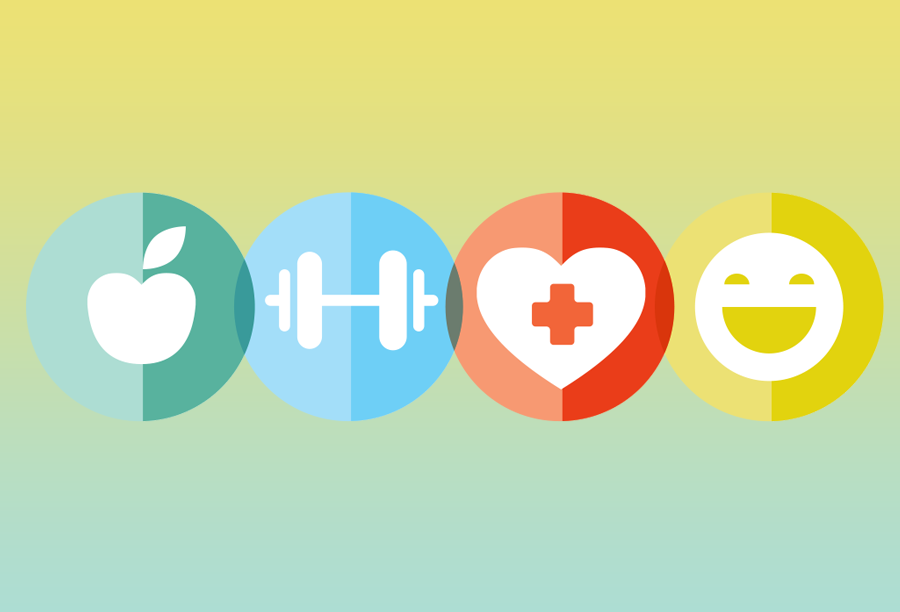Debating Diets: What is the Therapeutic Lifestyle Changes diet?

Thinking about starting a new diet? While the amount of information available can be overwhelming, it’s possible to find a diet that is safe, suitable and effective for your lifestyle.
Luis Rustveld, Ph.D., registered dietitian with Baylor Family Medicine, discusses what you need to know about the Therapeutic Lifestyle Changes (TLC) diet.
Q: What is the TLC diet and how does it work?
A: The National Institutes of Health designed the TLC diet to reduce the risk of cardiovascular disease. The TLC diet is more than just a diet. It’s an approach taken to modify lifestyle behaviors that are not healthy and that can put you at risk for heart disease.
The TLC diet has three main components: Diet, exercise, and weight management. Adherence to the TLC diet can result in weight loss, lowering bad cholesterol (LDL), increasing good cholesterol (HDL), and lowering triglycerides (a type of fat in your blood), all of which form part of the lipid profile. The TLC diet follows evidence-based recommendations and is not a fad diet.
Q: How does it help improve heart health?

A: The TLC diet improves heart health by recommending lifestyle changes and eating habits to improve lipid profile and promote weight loss. The main goals are to keep total dietary cholesterol to less than 200 milligrams per day and saturated fat intake to less than 7% of total calories.
Recommendations include:
- Reducing saturated fat intake in the diet to lower LDL by choosing lean meats and low-fat dairy products and limiting whole eggs with yolk to no more than three per week
- Increasing intake of whole grains to lower LDL (50% of grains eaten should be whole grain)
- Eating fish two to three times per week – in particular, oily fish such as salmon and tuna to lower triglycerides and to increase HDL
- Using foods containing plant sterols or stanols to lower LDL. The TLC program also recommends engaging in moderate to vigorous exercise for 30 minutes four to five days per week for heart health and increasing HDL.
Q: What are the recommended foods? Discouraged foods?
A: Recommended foods include whole grains, fruits and vegetables, fish, beans, lentils, foods rich in mono- and polyunsaturated fats. Whole grains include whole-grain bread, oatmeal, whole grain rice, whole grain pasta, to name a few.
Foods rich in monounsaturated fats include avocado, nut butters (trans fat free), nuts and seeds, canola, olive, peanut oil, and olives. Sources of polyunsaturated fats include fatty fish (salmon, tuna, halibut, mackerel), pine nuts, walnuts, grape seed oil, safflower oil, sunflower oil, plant stanol esters, flaxseed, pumpkin, and sunflower seeds, sesame seeds.
Saturated fats are discouraged (limit to no more than twice per week), such as bacon (regular or turkey), butter, coconut, coconut milk, cream (half and half, heavy, light, whipped), cream cheese, lard, oil (coconut, palm, palm kernel), salt pork, shortening, and sour cream.
Q: What are the nutritional benefits of this diet? Can it help with weight management?
A: In addition to lowering the risk of cardiovascular disease, the TLC diet also provides those who follow it with a balanced diet that can help reduce the risk of getting other chronic conditions such as high blood pressure and diabetes.
Also, the TLC diet does not require eliminating entire food groups. Elimination of entire food groups can cause nutrient deficiencies and lead to cravings throughout the day. Craving food all day makes it challenging to stick to a plan. From a weight management standpoint, the TLC diet recommends not skipping meals, exercising portion control, and eating more vegetables to make you feel full.
A useful behavior modification strategy endorsed by the TLC program is to differentiate between physical fullness (stomach is so full and distended because you may have overeaten) and satiety, a physiological signal from your brain that tells you to stop eating. One can achieve satiety by slowing down when you eat and chewing your food well to allow the brain to register that you are full.
Q: Who should avoid this diet?
A: People with dietary restrictions, such as those who cannot drink milk because of lactose intolerance or milk allergies, vegetarians, and people with Celiac disease, will find it challenging to follow the TLC diet. However, substitutions can be made for individuals with special dietary needs.
Q: What kind of physiological changes or side effects should be expected?
A: Aside from positive physiological changes such as improved lipid profile, blood sugar, blood pressure, and satiety, there are no known negative physiological changes or side effects of following the TLC diet.
Q: What else should people know before considering this diet?
A: The TLC diet requires making specific lifestyle changes and therefore is helpful to consult with a registered dietitian to get proper guidance. The TLC program is not designed for quick weight loss. It’s a healthy lifestyle plan that encourages long-term behavior changes that can improve the management and prevention of diet-related chronic conditions.
Additional Resources
Debating Diets: What is the volumetrics diet?
See more from the Debating Diets series.
-By Nicole Blanton




The article was very enriching.